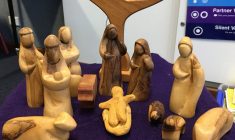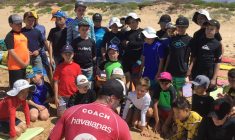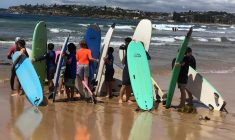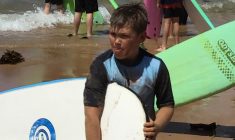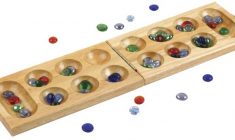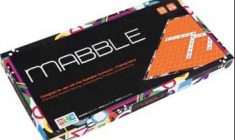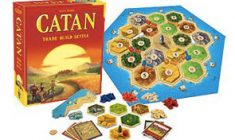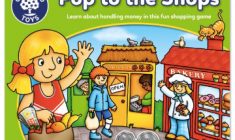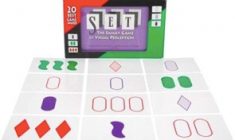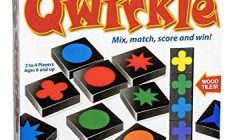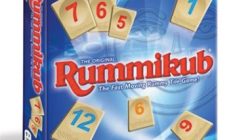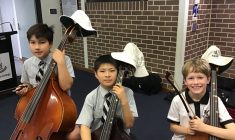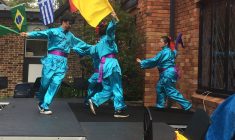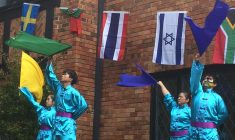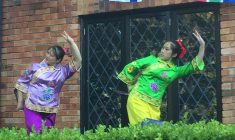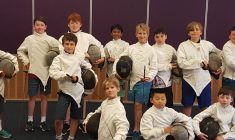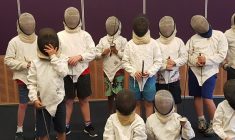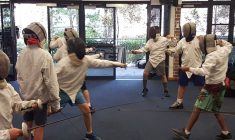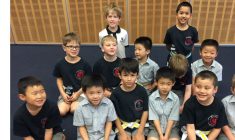From the Head of Lindfield
Social Perspective Taking
Social Emotional Learning is now a core topic that is taught in Australian schools more systematically than it was in the past. The vast array of concepts that encompass this area of learning can be daunting for teachers and schools as they navigate prioreties in order to plan experiences for students. Hunter Gehlbach, an educational psychologist, sited recently in the Marshall Memo for his article on the topic (extracted below), believes that the social-emotional learning programs implemented in schools will have a longer-lasting impact if they focus on a concept that permeates many of our social interactions. He describes how social perspective-taking can lead to positive outcomes as students navigate the social world.
Social perspective-taking is our capacity to make sense of the thoughts and feelings of others. Essentially it involves having empathy and being able to put ourselves in other people’s shoes.
“The motivation and ability to ‘read’ other people,” he writes, “vividly imagining their unique psychological experience, provides the compass by which we navigate our social world. This capacity allows us to interpret the motivations and behaviors of our friends and neighbours, or to see situations from the point of view of strangers, or to understand and appreciate values and beliefs that diverge from our own. Without it, we cannot empathize, engage in moral reasoning, love, or even hold a normal conversation.”
In the article, it is claimed that there is research to suggest that perspective-taking is linked to less stereotyping of others, responding less aggressively to provocation, and developing better relationships with those with different beliefs – in other words, there’s a ripple effect to a number of other social-emotional competencies. It is not difficult to see how improving our ability to take other people’s perspectives, can lead to these desired effects.
Gehlbach’s suggests that perspective-taking can be taught in schools, if four key steps are followed:
- Mustering the motivation to take the perspective of people outside our immediate family and social circle – for example, a cashier, a driver who cuts us off in traffic, a former classmate encountered at a reunion.
- Choosing a particular strategy to use when “reading” the other person – for example, empathizing with someone who is terrified of giving a wedding toast (something you have no problem with) by thinking about waiting for a dentist’s opinion on a root canal.
- Coordinating the available data to make inferences about the other person – for example, reading body language and facial expressions together with verbal cues.
- After making inferences, evaluating if we’re on the right track, because it’s not easy to know what makes another person tick.
He believes perspective-taking can be integrated into any class at any grade level, and suggests three precepts for teachers to keep in mind:
- Make it a classroom expectation for students to talk about others’ perspectives. Teachers can ask questions like, “What are some possible reasons the British may have wanted to appease Hitler?” rather than “Why did the British appease Hitler?” Students can also be asked to play devil’s advocate or restate a classmate’s opinion before responding to it. “When disagreements or interpersonal conflicts arise,” says Gehlbach, “it should be considered the norm for students to explain their side of the story and to listen while the other side explains theirs.”
- Encourage students to be social detectives, not judges. It’s easy for students to jump to conclusions about a teacher giving low grades because she’s mean or a classmate starting a rumor because he’s spiteful, but they can be weaned away from shoot-from-the-hip characterizations by asking questions like, Why might she have done that? or What’s his version of what happened? “The more students get in the habit of investigating others’ perspectives rather than rushing to judge them,” says Gehlbach, “the more skilled they’ll become at looking for clues that might illuminate others’ decisions and behaviours.”
- Provide low-stakes opportunities for practice. Perspective-taking is an unfamiliar process for many students, and it has to be okay to make mistakes as they learn.
“Once in the habit of trying to gauge other people’s ways of looking at the world,” Gehlbach concludes, “they will inevitably become more empathetic, more understanding, and more caring; they will become more thoughtful about how to navigate relationships; and they will become more likely to reach out across cultural groups rather than withdrawing into their own clique.” Marshall Memo Extract
Perspective taking is a skill that can be learned and one that we can instill in our boys by providing them opportunities to explore it, with our guidance, at times when it does not occur naturally. As a Newington community who values diversity, we strive to engender a sense of open-mindedness in our boys. At Lindfield, with our focus on the PYP, the learner profiles and attitudes that we are committed to modelling and teaching are geared towards encouraging the boys to ‘walk in another’s shoes’ in order to learn about the world.
“Learning to Walk in Another’s Shoes” by Hunter Gehlbach in Phi Delta Kappan, March 2017 (Vol. 98, #6, p. 8-12), http://bit.ly/2n6vzes; Gehlbach is at hgehlbach@panoramaed.com.
Extract from Teaching a Core Social-Emotional Skill – Perspective-taking, Marshall Memo, March 2017 (Issue 678)
Ben Barrington-Higgs




